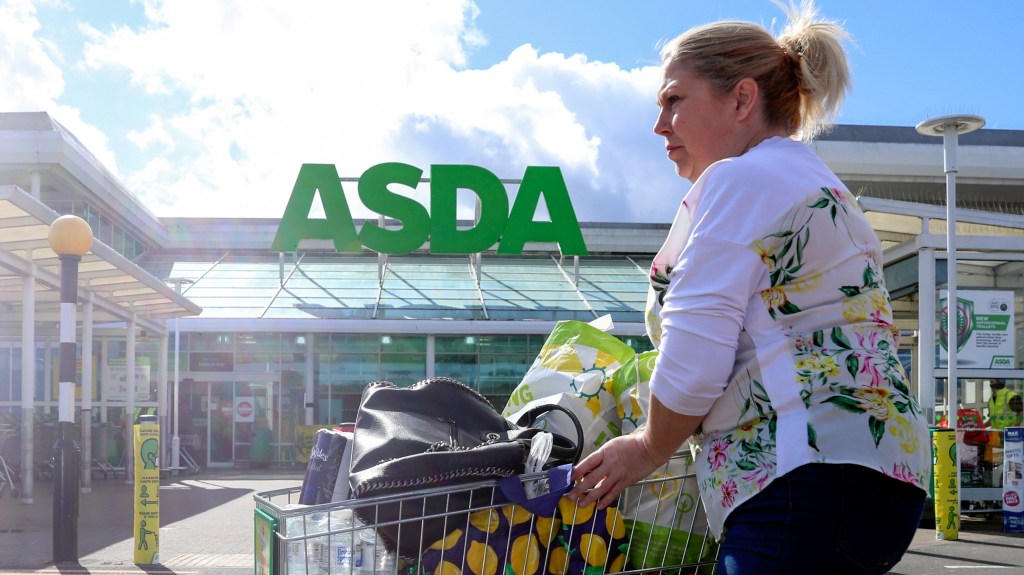Are You Overpaying on Your Mortgage? Here’s What You Need to Know
Scott Daniels has taken on an additional 50 hours of work this December—not for holiday expenses, but to manage his escalating mortgage payments.
With his five-year fixed-rate mortgage expiring this month, Daniels transitioned to his lender’s considerably higher standard variable rate (SVR). The police officer from Romford, east London, remarked, “My mortgage bill has gone through the roof.”
Previously, Daniels enjoyed a fixed rate of 3.39 percent from Santander, resulting in monthly repayments of £1,200. Now on an SVR of 7 percent, his monthly payment has soared to £1,680.
Daniels is among nearly 700,000 homeowners currently relying on their lender’s SVR, potentially costing them thousands more each year in mortgage payments. As of now, the average SVR stands at 7.85 percent, indicating that a 25-year, £200,000 mortgage would require monthly payments of around £1,525, amounting to £18,300 annually.
In contrast, the average five-year fixed mortgage rate is 5.27 percent, translating to monthly payments of approximately £1,200 (£14,400 a year), which is £325 less each month (£3,900 annually).
Why Are You Likely on an SVR?
Borrowers typically find themselves on an SVR once their fixed-rate mortgage period concludes and they fail to secure a new fixed-rate deal. These SVRs are frequently the highest rates available in the market.
In 2024, approximately 1.6 million fixed-rate mortgages are set to mature. According to UK Finance, in June, there were 693,000 homeowners with SVR mortgages, a slight increase from 679,000 the previous year.
Daniels is on an SVR as he plans to move homes and does not wish to commit to a fixed deal at this time. He is in the process of purchasing a £450,000 two-bedroom house in Brentwood, Essex.
He has already secured a five-year fixed rate of 3.95 percent for his new mortgage through his mortgage broker, City Finance Brokers, but he is currently handling increased payments on his current mortgage.
“We were supposed to exchange at the end of January or early February, but that has now been postponed to the end of March,” Daniels explained. “If there are further delays, it could significantly impact us. I’m putting in extra shifts, and we’re dipping into our savings to manage the heightened payments on the SVR.”
Many homeowners may overlook the ease of switching from an SVR since there are typically no exit fees involved, unlike fixed-rate mortgages.
“If you are on an SVR, you’re likely paying excessive amounts on your mortgage, so consider exploring other options,” advised Aaron Strutt from the mortgage brokerage Trinity Financial.

Are Rates Dropping?
SVRs can fluctuate based on the Bank of England’s base rate. For over a decade, from March 2009 to April 2022, mortgage rates were extremely low, falling below 1 percent. This prompted hikes, bringing the base rate to 5.25 percent in August 2023. It was later decreased to 5 percent in August and further to 4.75 percent last month.
After reviewing rates from 69 mortgage providers, Moneyfacts reported that 56 of them reduced their SVRs following the initial rate cut. Aldermore Bank has the highest SVR among these lenders at 9.53 percent, leading to a monthly payment of £1,752 on a £200,000 mortgage over 25 years (£21,024 annually).
Despite recent base rate reductions, 13 lenders maintained their SVR. These lenders cite various reasons, such as already having competitive rates or plans for future adjustments, despite their current rates being above the average of 7.85 percent.
Among these, Melton Building Society charges 8.69 percent, resulting in monthly payments of £1,636 for a £200,000 mortgage over 25 years.
Aldermore claims that very few customers end up on its SVR and ensures to contact eligible mortgage customers around six months before their deal expires to offer switching options suitable for their needs.
Steps to Take if You’re on an SVR
“It is crucial for most borrowers to act quickly, as they are probably paying excessively high rates,” stated David Hollingworth from the brokerage L&C Mortgages.
You might consider a new deal with your lender, known as a product transfer. This option can be appealing as it avoids the need for extensive affordability evaluations or paperwork. However, it’s wise to compare rates from different providers.
If you appreciate the versatility of an SVR, a tracker mortgage might also be a suitable choice. Tracker mortgages are typically set a few percentage points above the Bank rate and adjust accordingly. They often share the same advantages as SVRs, such as no exit fees, and the potential for lower repayments if the base rate decreases.
“Trackers can offer similar flexibility—such as no early repayment penalties—while being markedly more economical than the SVR,” added Nicholas Mendes from the brokerage John Charcol.




Post Comment